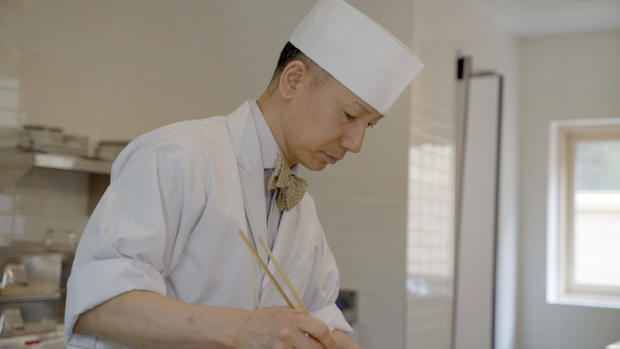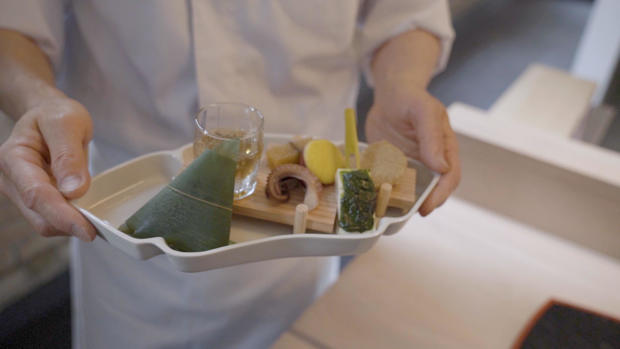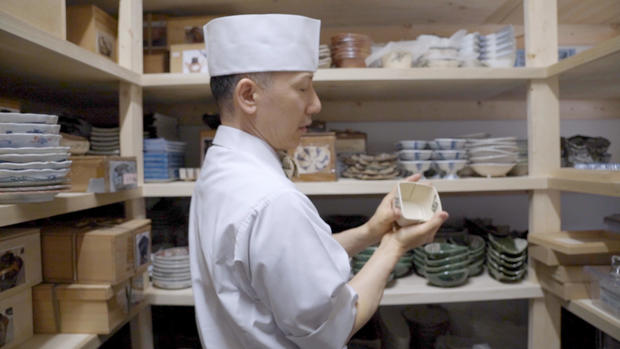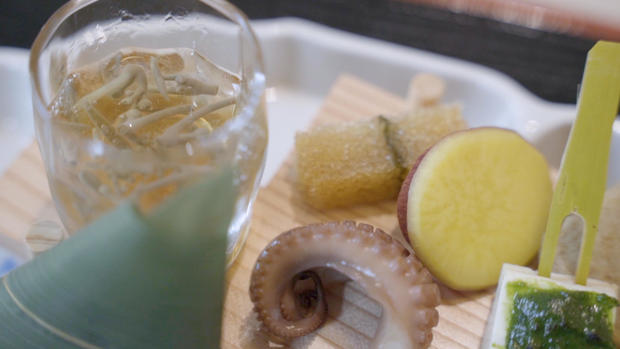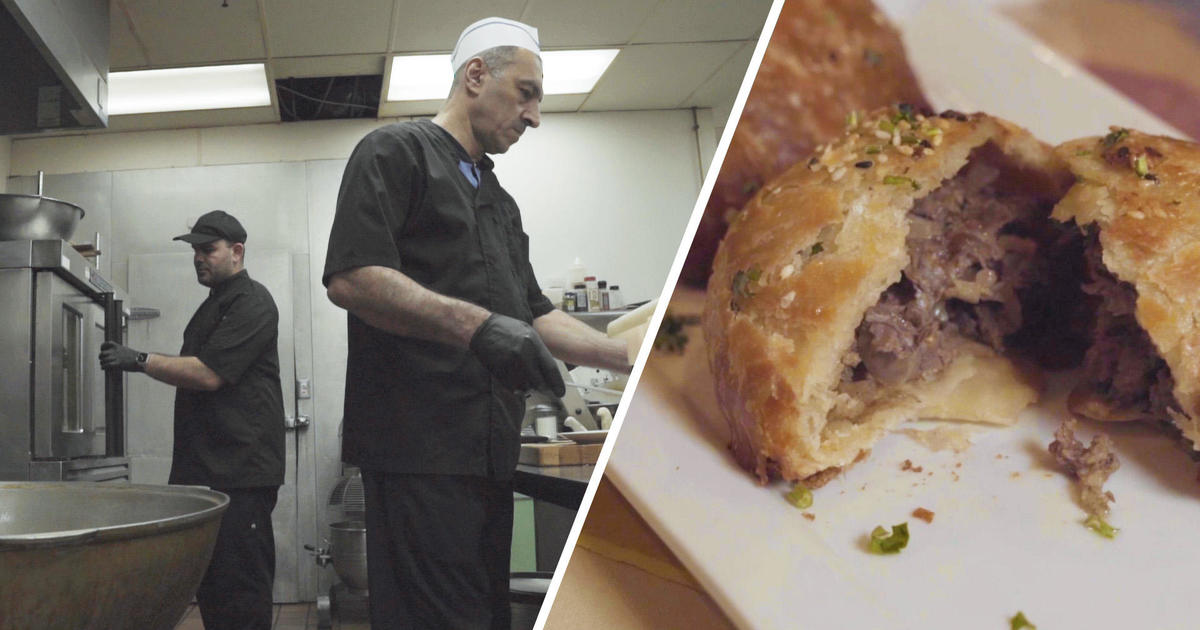Shigeyuki Furukawa on creating traditional Japanese meals that capture fleeting seasons
MINNEAPOLIS — Tucked in the second floor of a downtown Minneapolis building is a Japanese restaurant that honors the comings and goings of time, where meals are seasonal snapshots of delicacy and balance.
Shigeyuki Furukawa opened Kaiseki Furukawa in 2017. It was a culmination of years of dreaming; he'd spend the first eight years of his life in Minneapolis making crunchy tuna rolls every day. He found it exhausting, to think his customers believed they were eating authentic Japanese food.
"I wanted to correct little by little, what is real Japanese food," he said.
Furukawa was born and raised in Saitama prefecture, just outside of Tokyo. He always wanted to be a chef. Serving customers food, to him, was like a call and response. The curious, excited, or thoughtful looks that people made when they took their first bite had always intrigued him.
He bounced around from Tokyo to New York City, eventually studying under a master kaiseki chef in Kyoto. Then, years later, he moved to Minneapolis.
Kaiseki is a traditional Japanese multi-course meal. Its history has roots in the high courts, tea ceremonies, and temples, but has over the centuries evolved into its present-day iteration: small dishes that evoke the fleeting seasons, the mountains, the sea, and the textures of nature.
The goal, Furukawa said, is to "touch your heart." It's more than flavor, it's about "kandō" — a Japanese word for leaving a deep, lasting impression.
It's not just the ingredients, but the plate also has a season, the lacquerware has a season. Every piece of the 10-course meal is about meticulously balancing color and space.
Furukawa's upstairs storage room is filled to the brim with different types of plates and bowls that can only be used during a specific month. He sourced many of them from Kyoto, and some plates even date back to the 1790s.
In the beginning, Furukawa felt that his patrons didn't understand what he was trying to create. Guests said the food was under-seasoned or had no flavor. They would ask to add soy sauce or salt, particularly to the clear soup, which has since become a customer favorite.
Furukawa said he struggled, considering a central tenet of kaiseki is to draw out natural flavors. No added salt, no cream, no butter.
Six years into the restaurant journey, Furukawa said his customers now understand what he's trying to do. His guests travel to Japan and come back to realize they can get the same quality of food in Minnesota.
"This is my dream," he said. "To change people's mind."
Finding relevant, seasonal ingredients has proved a challenge for Furukawa.
"I have to use my brain more than in Japan," he laughed. "I have to think and think and think."
Every month, he creates a completely new menu. It takes him about a week to develop, changing how ingredients are seasoned or presented.
He blends traditional foods from Japan and combines them with midwestern staples like summer corn or morel mushrooms. And he's brought back classic Japanese foods like fresh wasabi and blowfish, which he said chefs weren't using when he started working in Minnesota.
He's proud that he's created the only kaiseki experience in the midwest. The service, and the almost-entirely Japanese staff, are more casual compared to the restaurants in Japan.
"Sometimes when I go back to Japan and eat at kaiseki restaurant it's too formal. Too square. There's no round edge. These kinds of things make me nervous," he said. "We don't do those kinds of things. You can relax and eat."
As for the future, Furukawa said he just wants to make his customers happy. He's been asked to make a second location.
"But I can't, you know. I'm just by myself. If I can make a clone, my clone, I can do that," he laughed.
In the end though, Furukawa wants people to know that he's a chef.
"I'm not a restaurateur," he mused. "I want to make what I want to make."
